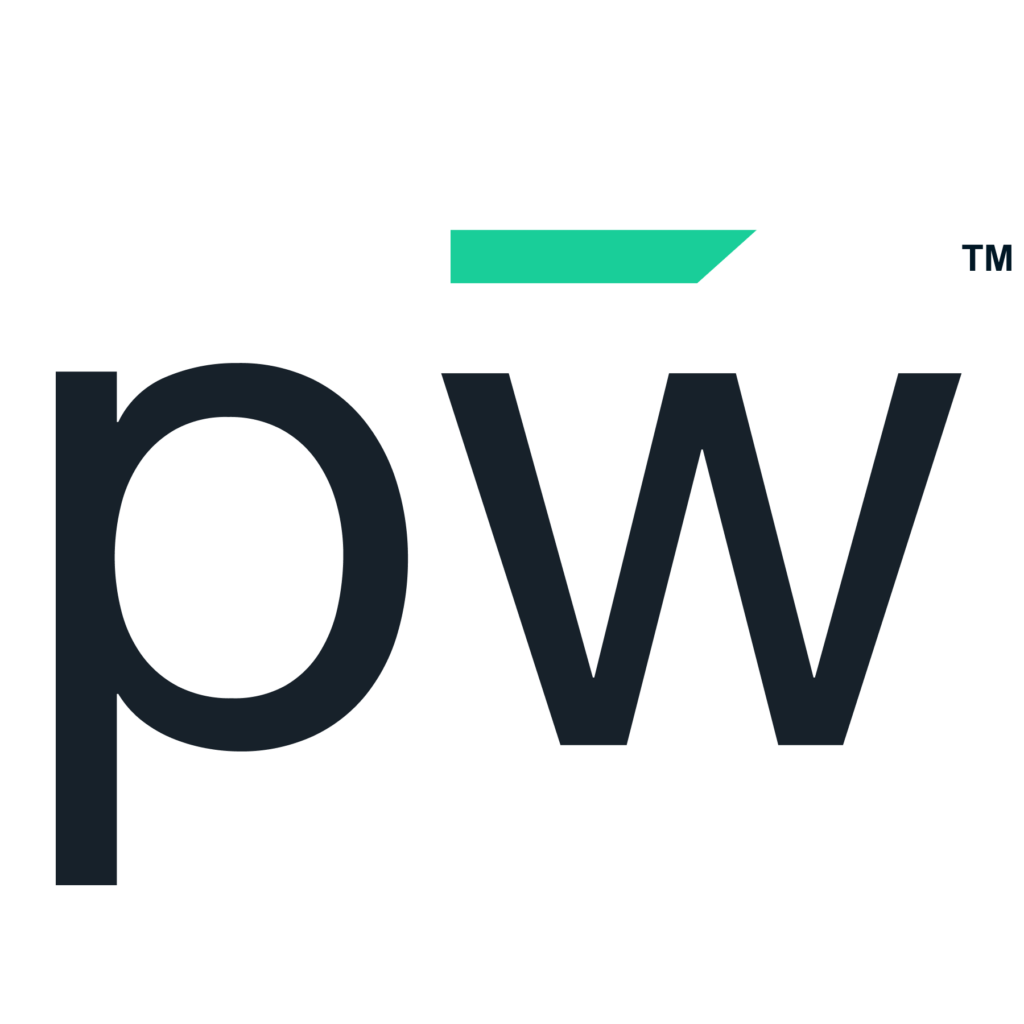Unlock the key to career growth and success by embracing the transformative power of upskilling.
The Importance of Continuous Learning
Continuous learning is essential for career growth and success. In today's rapidly evolving job market, it is crucial to stay updated with the latest trends, technologies and industry practices. By engaging in continuous learning and upskilling, you demonstrate your commitment to professional development and adaptability.
Continuous learning helps you acquire new knowledge and skills that can enhance your job performance and make you more valuable to employers. It allows you to stay competitive in a fast-paced and ever-changing workplace. Moreover, continuous learning expands your horizons and opens up new opportunities for career advancement.
Whether through online courses, workshops, webinars, or professional certifications, there are numerous resources available to support your continuous learning journey. By investing time and effort in upskilling, you invest in your future and pave the way for long-term career growth.
Identifying Skills in Demand
To accelerate your career through upskilling, it is important to identify the skills that are in high demand in your industry. This requires staying informed about the latest trends, advancements and emerging technologies in your field.
One way to identify skills in demand is by researching job postings and industry reports. Look for common requirements and qualifications sought by employers. Pay attention to the skills that are frequently mentioned or listed as preferred or essential.
Another approach is to network with professionals in your industry and attend industry events, conferences and webinars. Engage in conversations with experts and thought leaders to gain insights into the skills that are currently in demand and will be valuable in the future.
By identifying skills in demand, you can strategically focus your upskilling efforts on acquiring the knowledge and expertise that will make you highly sought after by employers.
Create a pepelwerk Talent Profile
Creating a pepelwerk Talent Profile is a powerful way to showcase your skills, experience and qualifications to potential employers. A Talent Profile is an online profile that allows you to highlight your strengths and achievements in a professional manner.
To create an impactful Talent Profile, start by carefully selecting and organizing the information you want to include. This may include details about your education, work experience, certifications, projects and skills. Use concise and clear language to describe your accomplishments and responsibilities..
By creating a compelling Talent Profile, you can effectively market yourself to employers and increase your chances of securing career advancement opportunities.
Implementing New Skills in the Workplace
Once you have acquired new skills through upskilling, it is important to effectively implement them in the workplace. This involves applying your knowledge and expertise to real-world tasks and projects.
Start by identifying opportunities within your current role where you can utilize your newly acquired skills. Look for projects or tasks that align with your upskilled capabilities and offer a chance to showcase your abilities.
Communicate with your supervisor or team members about your upskilled skills and express your interest in taking on relevant responsibilities. This demonstrates your proactive approach to professional development and can lead to new opportunities for growth.
Remember to continuously seek feedback and learn from your experiences. Reflect on the impact of your upskilling efforts and make necessary adjustments to maximize your effectiveness in the workplace.
Measuring the Impact of Upskilling
Measuring the impact of upskilling is crucial to understanding the value it brings to your career advancement. By evaluating the outcomes and results of your upskilling efforts, you can assess the return on investment and make informed decisions about future upskilling endeavors.
One way to measure the impact of upskilling is by tracking your professional growth and progress. Set clear goals and objectives related to your upskilling efforts and regularly assess your performance against these goals. Monitor any positive changes in your job performance, responsibilities or opportunities as a result of your upskilling journey.
Additionally, seek feedback from your supervisors, colleagues, or mentors. Request their input on how your upskilling has contributed to your professional development and the overall success of your team or organization.
By measuring the impact of upskilling, you can validate the benefits of continuous learning and make informed decisions about future learning opportunities.









